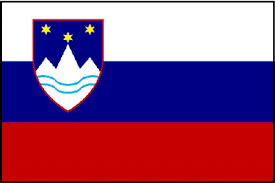
Visa and entry requirements Slovenia:
Passport not required
No visa is required. Regardless of the purpose of entry, a stay of up to three months is possible.
Information from the Foreign Office about your trip to Slovenia:
http://www.auswaertiges-amt.de/DE/Laenderinformationen/00-SiHi/SlowenienSicherheit.html?nn=332636?nnm=332636
Slovenia is a democratic country in Europe with almost 2.1 million inhabitants. The country borders Austria in the north, Hungary in the northeast, Croatia in the south and Italy in the west. Slovenia is a member of the European Union and NATO, and in 2007 the country joined the Eurozone. The state has been independent since the proclamation of Yugoslavia's independence in 1991 and is now the wealthiest country in the former Yugoslavia.
The country's capital and largest city is centrally located Ljubljana. Other larger cities in Slovenia are Maribor, Kranj, Koper, Celje, Novo Mesto, Velenje, Nova Gorica, Krsko and Ptuj.
Slovenia has a good infrastructure with a modern motorway network. The two centers of the country are the cities of Ljubljana and Maribor. The only official language is Slovenian and is spoken as a native language by around 80% of the population.
The most visited tourist destinations in the country include the Triglav National Park, the Pericnik Waterfall, Lake Blied, the Natural History Museum in Piran, the Skocjan Caves, the Soca Valley in Bovec and Lake Bohinj.
Almost 300,000 people live in the capital Ljubljana. The city is the political, economic and cultural center of Slovenia.
Ljubljana is known for its numerous architectural monuments and its well-preserved city center. The main sights of the capital include the listed old town, the town hall, the autonomous youth center Metelkova, the Three Bridges, the Slovenian National Library, the Tivoli Park, the Zale cemetery, the castle, the Cathedral of St. Nicholas, the Archbishop's Palace, the Serbian Orthodox Church of St. Cyril & Methodius, the Slovenian National Gallery, the Moderna Galerija art museum, the main building of the University of Ljubljana, the Slovenian Philharmonic, the Railway Museum, the Evangelical Primus Truber Church, the promenade along the Ljubljanica River and some historic districts.
The University of Ljubljana is one of the largest universities in Europe with around 65,000 students.
In August 2012, Slovenia was the second stop on my big Balkan trip. For only 18 euros I got the train from Zagreb in Croatia to Ljubljana without any problems; the journey only took 2.5 hours. After a full day exploring the city and a night in a cozy hotel in the old town, we continued to Serbia the next day.
Ljubljana is definitely always worth a visit. The clean old town and the promenade on the river with its many bridges are particularly popular with tourists. You can end your day comfortably in one of the countless restaurants in the immediate vicinity of the river.

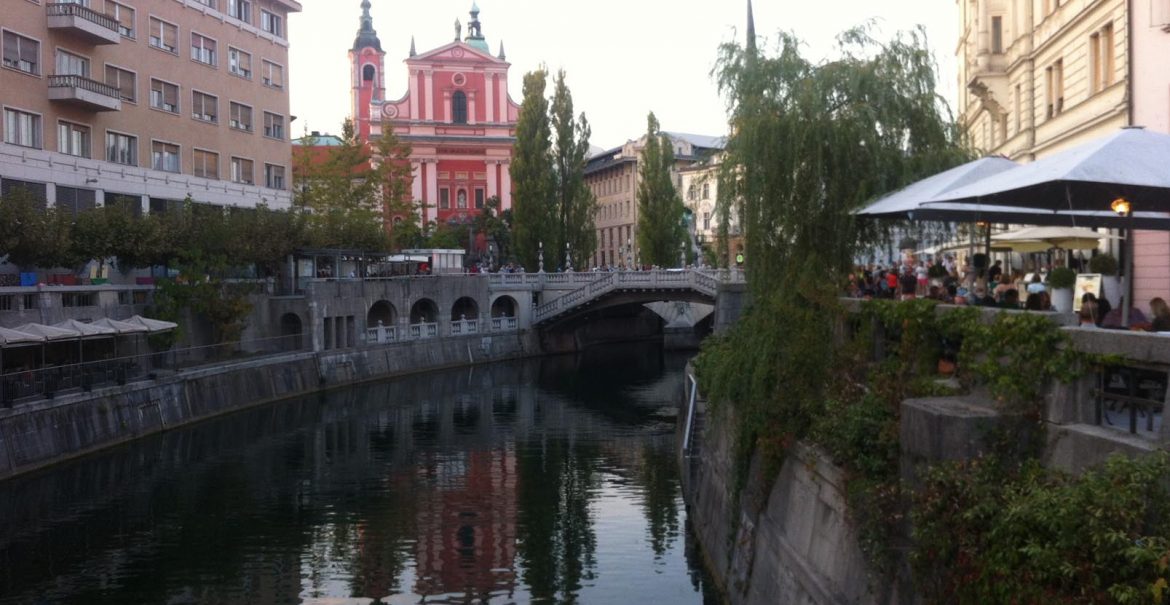


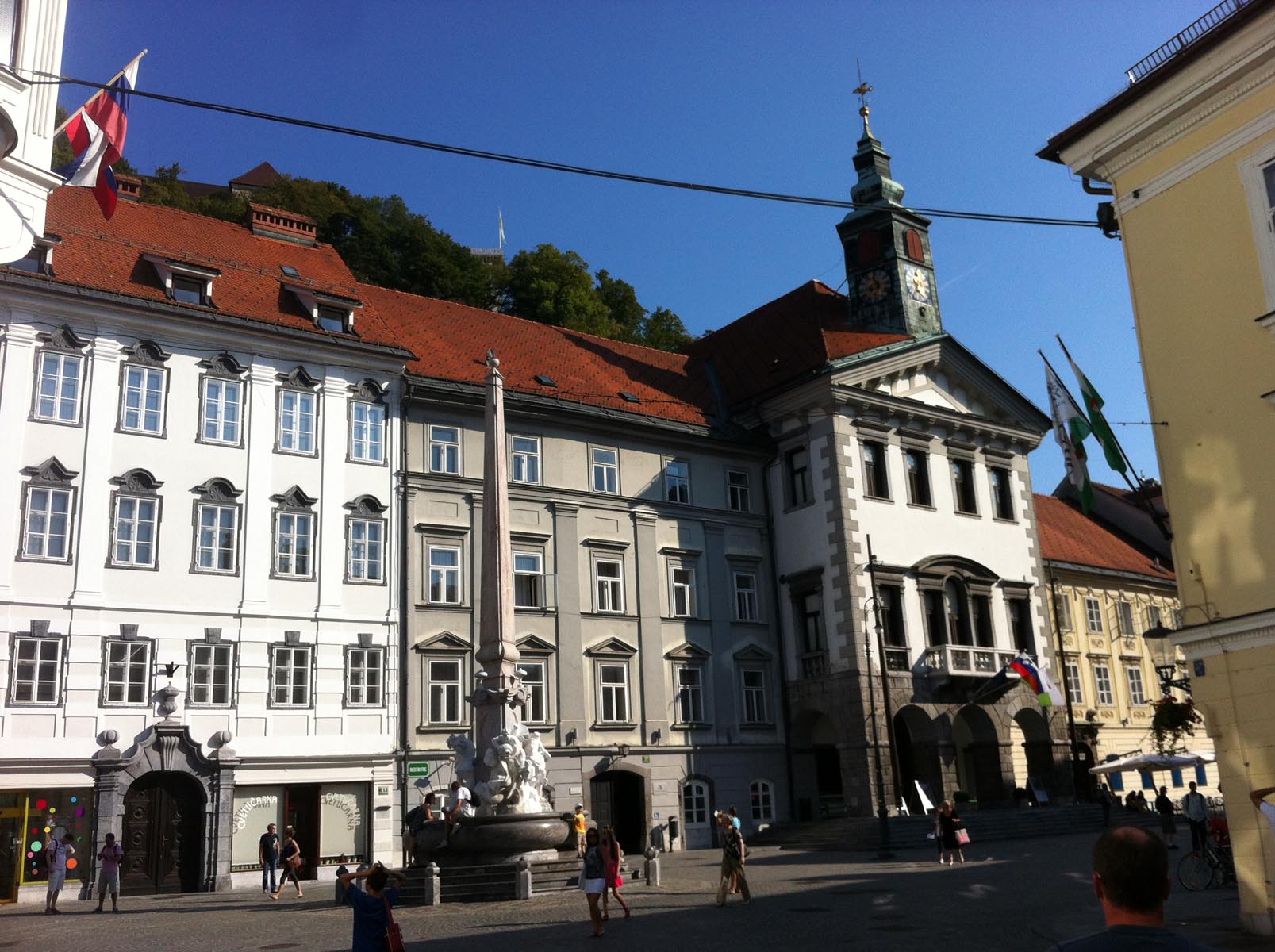

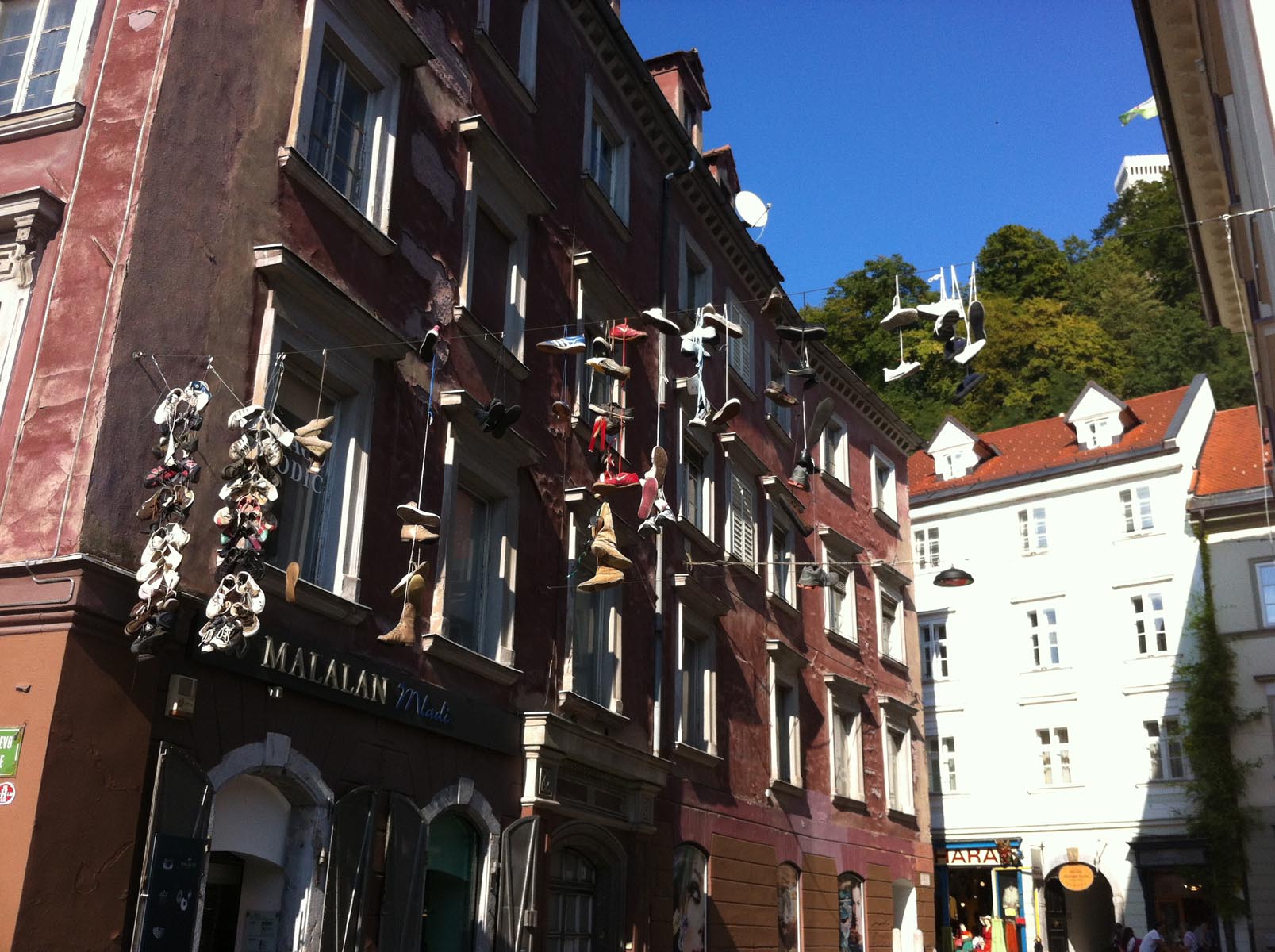






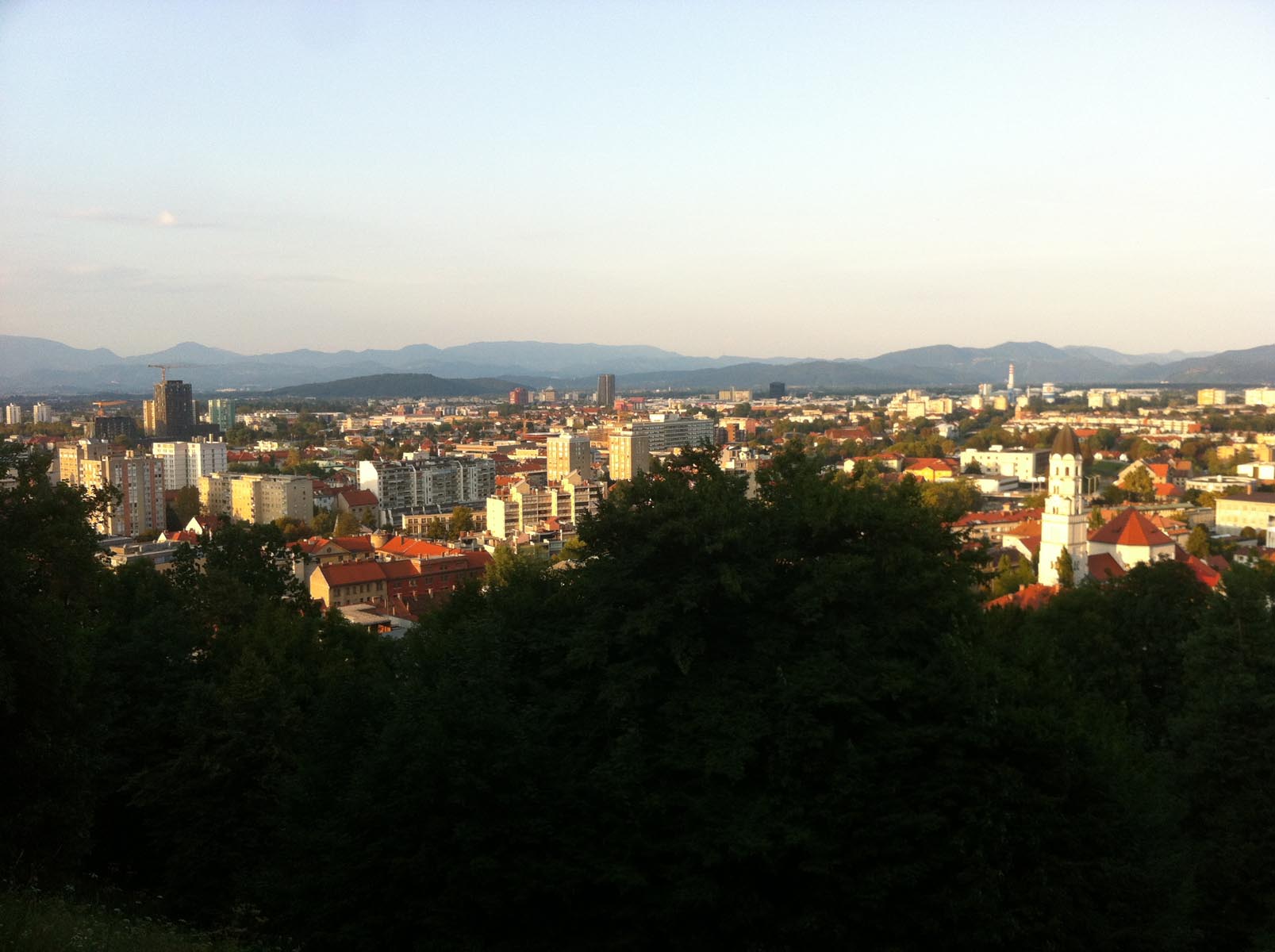


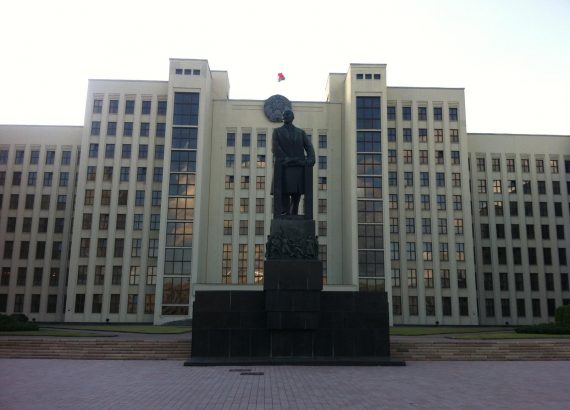
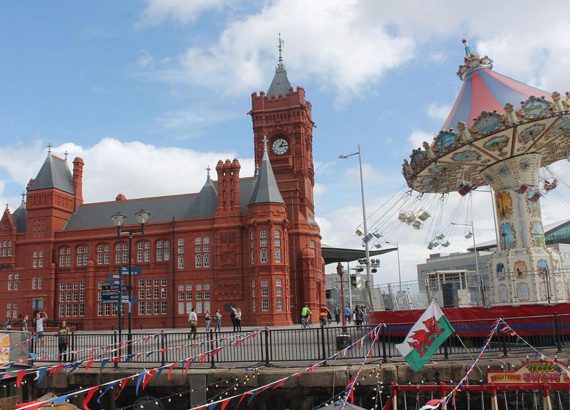
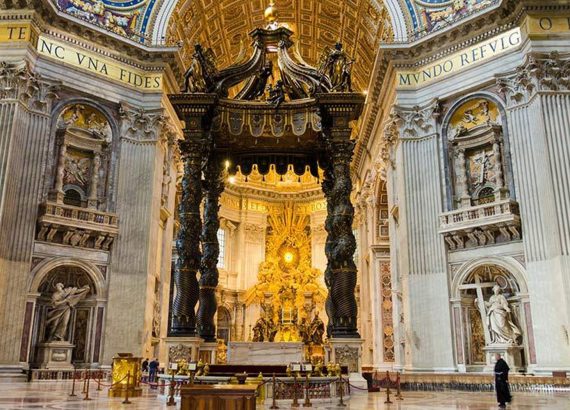
No Comments